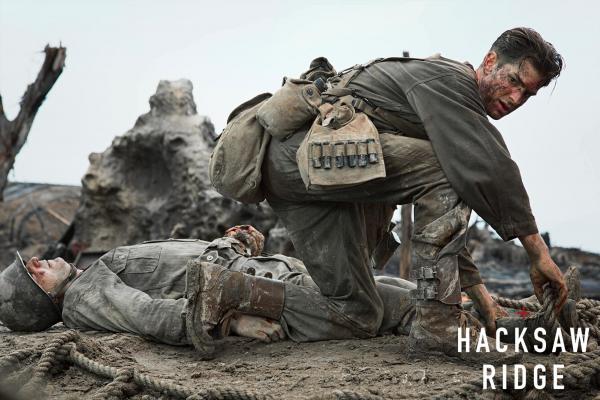Nov 4, 2016
Hacksaw Ridge is an intensely violent film about pacifism. That may seem like an oxymoron, but here, context is everything. Mel Gibson’s World War II film is about the pacifism of real-life conscientious objector Desmond Doss. Doss was a Seventh-day Adventist who served as an army medic and saved the lives of his fellow soldiers without once picking up a gun.
Read the Full Article

Already a subscriber? Login
